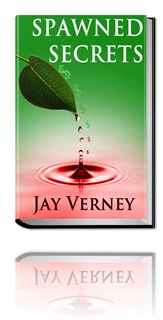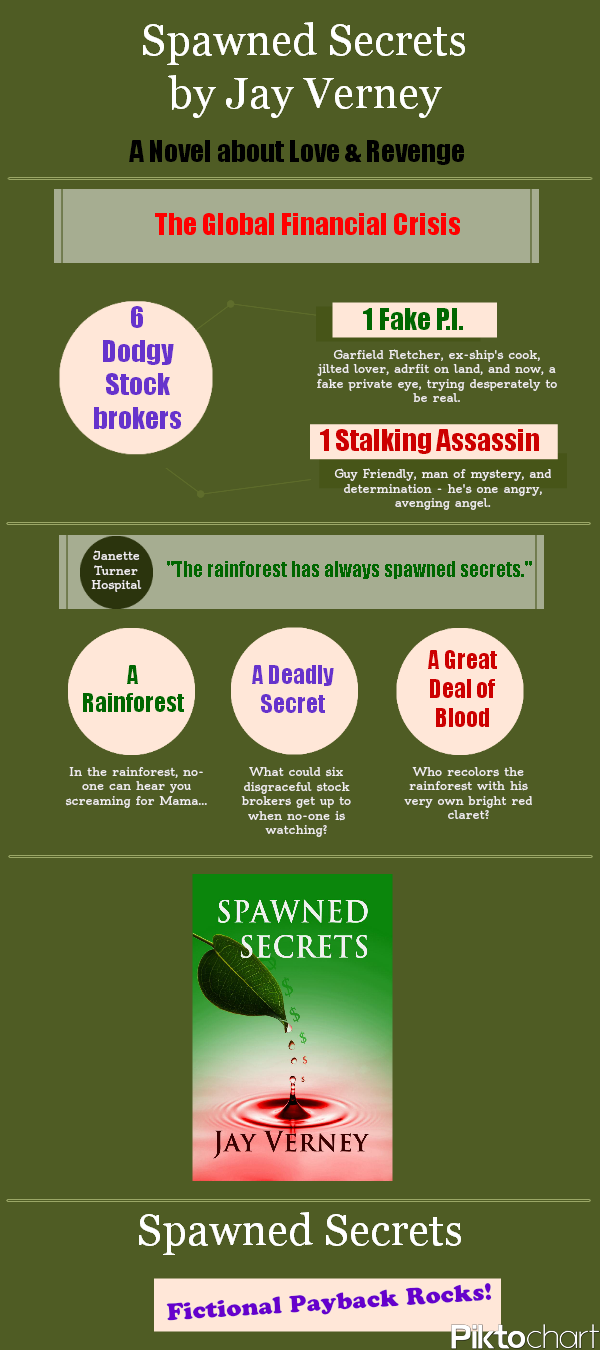The Australian Federal Government recently introduced reforms to cigarette packaging which require manufacturers to sell their cancer sticks in plain packs from December 1, 2012. The new packaging also includes gruesome photos of body parts suffering the effects of various cancers associated with smoking. Not an attractive item at all, really.
Why are you telling me this, Jay, I hear you ask, because I’m about to have my raisin toast and I don’t need those thoughts and images in my noggin. Why, Jay, why? Good question, grasshopper. Here’s the answer: people buying their favorite brands in the new, plain packs with bad photos are reporting that the smokes taste terrible, and different, but not in a good way. Some have even been motivated to quit.
The thing is, the tobacco inside is the same – the cigarettes are the same old, same old ones that were on sale in beautiful, colorful, suave, sophisticated, motivate-you-to-drag-harder and buy-more designs the day before December 1. But in an article in the Brisbane Times, experts have confirmed the ‘well-established’ fact that ‘brand packaging is a powerful tool for recruiting new smokers.’ (Cigarette manufacturers fought the legislation all the way to the High Court of Australia and were rightly defeated).
Let’s rephrase that expert info:
Brand packaging is a powerful tool for recruiting new readers.
Sound reasonable, transferrable, applicable to the book industry? I’d argue that it does. Let’s make it really specific:
Book packaging is a powerful tool for recruiting new readers.
Perception is reality. Your book is your brand. When you publish a book in print or electronically, you’re telling people quite a lot about your work and yourself. That’s how they’ll perceive you and your book and what’s inside. Those perceptions, for better or worse, become the potential reader’s reality. And that’s a significant reason why good cover design – a major factor in book packaging – is so important. You want to attract, not repel, impress not disappoint.
When I was writing Spawned Secrets, my third novel, I had no idea what the cover would be like, but my mind’s eye was full of images as I wrote scenes and visualised my hero, Garfield Fletcher, and his cohort of characters, in their various settings, and thought about their motivations and desires. After the manuscript was complete and in its editing stages, I sat down with my partner and sketched out some rough designs. We’re design newbies, but we had the advantage of knowing someone (John McLay) with an honors degree in Fine Arts and a skill with Photoshop that reminds me of flamenco dancers performing the Paso Doble – yes, really. (The other big advantage is that he works for chicken burritos and watermelon – very high quality chicken burritos and watermelon, he’s a professional – a story for another day).
My point is, you need someone with skill on your side when you go out into the world with your little book.
It’s part of you and you want to present it in the best possible light. You wouldn’t send your kid off to school in a uniform that doesn’t fit, unpolished shoes, holey socks, manky hair – you get the picture. Your books are your children and they deserve the best. They want to look good and fit in when they’re out with their mates – they want to both stand out in the crowd and be part of the crowd – the right crowd, of course, the crowd that creates strong and positive perceptions about itself.
So what did we do?
We designed the cover to reflect the content. The novel is about dodgy stockbrokers with a terrible secret, stalked by a serial killer in the rainforest. The cover incorporates ideas about money, greenery turning to reddery (spoiler alert: there are murders in Spawned Secrets – like you couldn’t guess), the purity of water (and souls) being sullied and corrupted by greed and fear after dripping so beautifully (and tearfully) from the tip of a rainforest leaf.
We picked a font that suggests class and authority and is contextually appropriate – Trajan Pro designed by Carol Twombly. By way of comparison, imagine Trajan Pro replaced by Comic Sans MS, the font world’s whipping boy. Not on, is it?
We took high resolution photos with professional equipment. We could do this because we’re in the fortunate position (for which I am truly grateful) of having a strong interest in photography and the resources available to shoot some images that our designer could then manipulate with his Paso Doble magic.
So, the summary:
If you have the skills, go for it. If you don’t, get a designer, by hook or by burrito. Talk with the designer about what you want the cover to do for the book – you wrote it, you’re the expert on its characters, settings, and themes – make those work for you as you consider the best visual representation.
Research fonts – it’s fun and font people are fabulously dedicated to their craft. Check out fonts.com and go from there. Read Simon Garfield’s great book on fonts, Just My Type. You won’t regret it.
Create or acquire good quality images – if you don’t feel confident about doing it yourself, there are quite a lot of stock photo businesses just ready to take your dosh and give you some great photos in return. Google ‘stock photos’, or have a browse around Shutterstock, Getty Images, or iStockphoto. These are some of the biggest. Or maybe you know a photographer who owes you a favor, or is interested in adding some more lines to their resume.
Finally, begin – the first step is the hardest, and after that – well, it’s like a career: an uncontrollable lurch downhill – and you’ll enjoy every swerve, loop and triple pike on the way, with or without Comic Sans.



